Abu Dhabi International (Private) School – Secondary, Al Karamah & Mohamed Bin Zayed City
Abu Dhabi International Private School [ADIP] was founded in 1992. The school is currently located in Al Karamah, with a (relatively much higher quality) second campus opening in Mohamed Bin Zayed City. For new students attending the new campus, however, fees almost double, although existing students are (currently) protected from the increase.
This review covers only ADIP secondary provision which achieves a very creditable A3 ADEC rating. Kindergarten and primary provision is catered for in the same school but at a significantly lower level achieving only a B4 score by inspectors in 2015. We review this provsion separately.
It is also worth noting that the significant investment in new facilities is yet to be tested and a period of some flux is to be expected as the new facility beds in.
The school curriculum up to Grade 8 follows the American Common Core State Standards (CCSS). From Grade 9 the choice also includes a British‐based curriculum leading to the International General Certificate of Secondary Education (IGCSE), Advanced Subsidiary (AS) and Advanced (A) level examinations. The school also offers the International Baccalaureate Diploma Programme (IB DP).
For children following either Baccalaureate or GCE A Level routes, results are outstanding, although the trade-off is a limitation of subject choice. The school chooses to focus mainly on the Sciences rather than traditional Arts based subjects or the performing arts. By focussing on a smaller, limited range of subjects ADIP genuinely achieves for its students within these streams, this despite significantly less resources and investment per student than its premium school counterparts in the Capital.
The school has traditionally promised that at least 5% of place will be reserved for students with Special Educational Needs [SEN], although in 2015 only 4% of children were identified with SEN across secondary provision and the 4% – 8% range is pretty indicative of what most schools should expect to address.
85 full time teachers provide a current (reasonable) 1:13.67 staff student ratio and in practice the school aims to ensure that class sizes do not exceed 25 students.
The old school suffers from significant shortcomings but the new facility should address these. As it stands, however, notwithstanding some improvements, current school buildings do not provide enough space, movement throughout the school is constricted and some classrooms are overcrowded. The buildings are not appropriate for students with physical disabilities.
This said, Dubai International is a much loved school that achieves at a very high level for a number of its students. As new facilities come on stream, and the many challenges of a dual campus school, at least in the short term, calm as change beds-in, there is much cause for optimism.
Go to the FULL REVIEW on WhichSchoolAdvisor.com
Private
New Campus (New students)
FS1: NA- see review of KG/Primary School
FS2: NA - see review of KG/Primary School
YEAR 1: NA - see review of KG/Primary School
YEAR 2: NA - see review of KG/Primary School
YEAR 3: NA - see review of KG/Primary School
YEAR 4: NA - see review of KG/Primary School
YEAR 5: NA - see review of KG/Primary School
YEAR 6: NA- see review of KG/Primary School
YEAR 7: 41,100
YEAR 8: 41,100
YEAR 9: 44,000
YEAR 10: 43,800
YEAR 11: 46,100
YEAR 12: 45,700
YEAR 13: NA
Old Campus (Existing students)
FS1: NA - see review of KG/Primary School
FS2: NA - see review of KG/Primary School
YEAR 1: NA - see review of KG/Primary School
YEAR 2: NA - see review of KG/Primary School
YEAR 3: NA - see review of KG/Primary School
YEAR 4: NA - see review of KG/Primary School
YEAR 5: NA - see review of KG/Primary School
YEAR 6: NA - see review of KG/Primary School
YEAR 7: 21,100
YEAR 8: 22,900
YEAR 9: 24,000
YEAR 10: 25,500
YEAR 11: 27,000
YEAR 12: 28,300
YEAR 13: NA
National Curriculum of England
International Baccalaureate
US High School Diploma
EDEXCEL
IB
IPSIS
AIAA
IGCSE
34.00
29.81
5
Mathematics
Chemistry
Biology
Physics
Arabic
Mathematics 79%
Chemistry 43%
Biology 56%
Physics 60%
Arabic 80%
Mathematics 100%
Chemistry 87%
Biology 90%
Physics 86%
Arabic 100%
Biology 100%
Chemistry 100%
Economics 100%
English 100%
Arabic 96%
Mathematics 100%
Physics 100%
Biology 79%
Chemistry 93%
Economics 62%
English 82%
Arabic 73%
Matthematics 87%
Physics 100%
7
Biology
Chemistry
Economics
English
Arabic
Mathematics
Physics
Not selective
Not published
1162 (11 - 18)
1:13.67
Indian
18%
1992
Al Karamah, Abu Dhabi
Mohamed Bin Zayed City, Abu Dhabi (New Campus)
1,162 students:
499 girls
663 boys
696 students Grades 7 to 9
466 students Grades 10 to 12
84% Muslim
82% Arab
74 nationalities
19% Emirati
17% Egyptian
15% Jordanian
10% Lebanese
9% Syrian
5% Palestinian
0-4% 68 other countries
4% language/literacy difficulties
4% Special Educational Needs (SEN)
3 Gifted and Talented
Mixed
Yes
(Mrs) Jihan Nasr
+971 2 443 4433
NA - see review of KG/Primary School
NA - see review of KG/Primary School
50% -75%
50% -75%
NA - see review of KG/Primary School
NA - see review of KG/Primary School
50% -75%
50% -75%
NA - see review of KG/Primary School
50% -75%
50% -75%
NA - see review of KG/Primary School
50% -75%
50% -75%
NA - see review of KG/Primary School
50% -75%
50% -75%
50% -75%
50% -75%
25% - 50%
• The school delivers genuinely impressive external examination results in UK streams for students in Grades 10 to 12
• Students’ English and Arabic language skills are very well developed across all phases of provision
• Excellent SEN provision is matched by a whole-school commitment to matching educational provision for individual students according to their abilities and needs
• Extensive choice of curriculum routes – UK, US and IB – to better match examinations to ability
• School buildings and premises in the old school are inadequate in meeting the needs of children
• Overcrowding is an issue across the school and within classrooms
• The school, prior to the new development, was under-resourced
• The new development is unproven and there are some concerns about the impact of change in the short term until the new site beds in
• The old school is not accessible for the physically disabled
• Limited resources, including lack of books, computers and broader ICT does impact on the ability of children to meet their potential
• Some parents question the quality and scope of communication provided by the school in updating them effectively on their children’s progress














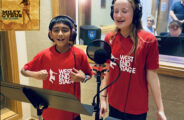
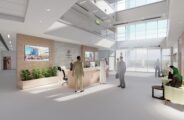

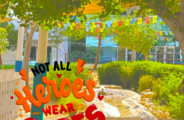

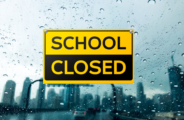




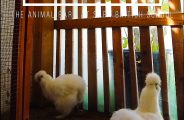




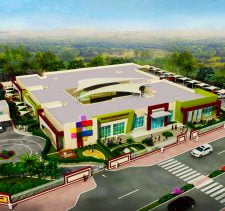
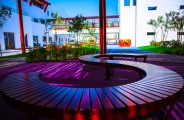
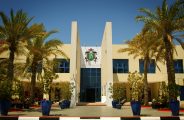


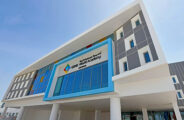
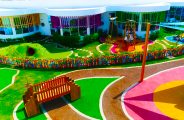
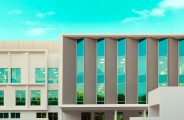
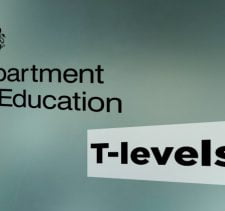




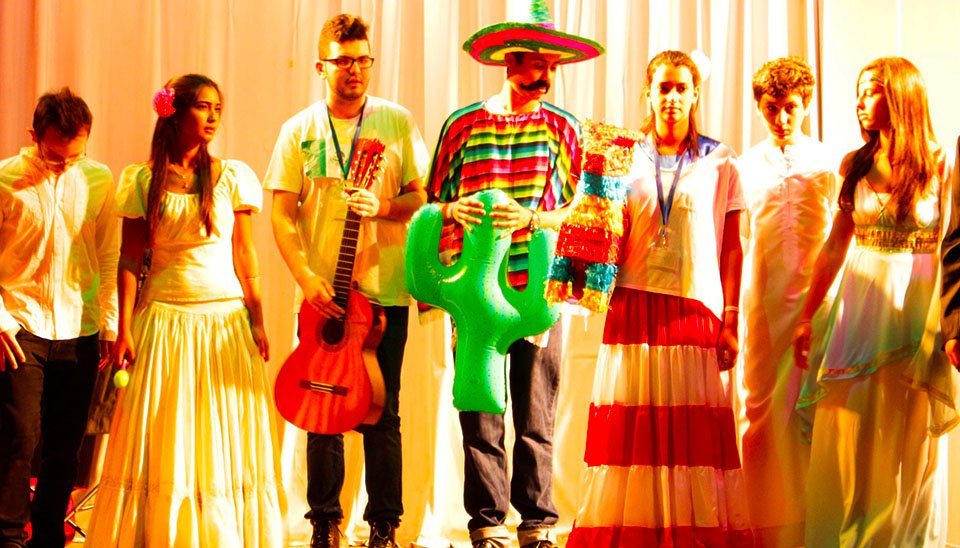

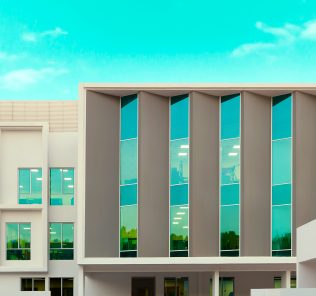

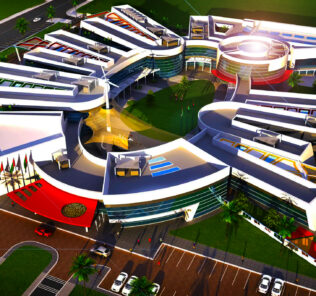
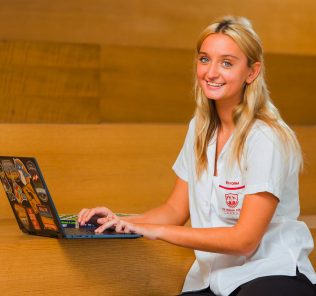


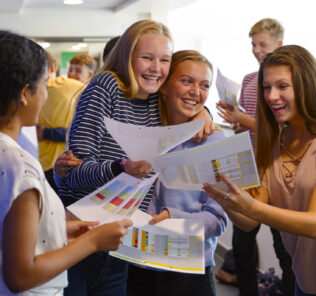
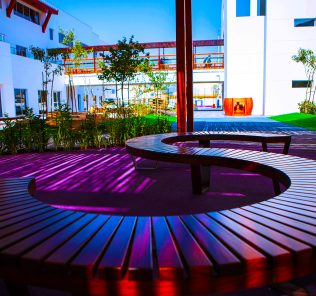
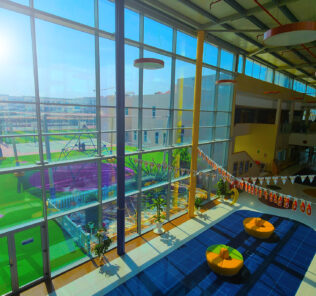
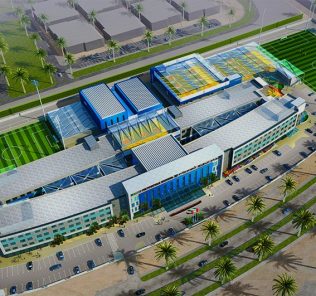
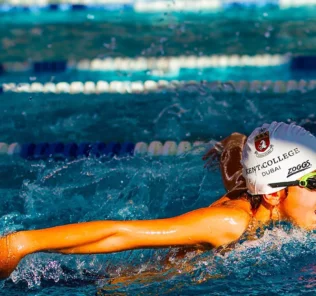
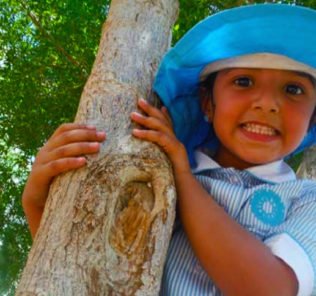
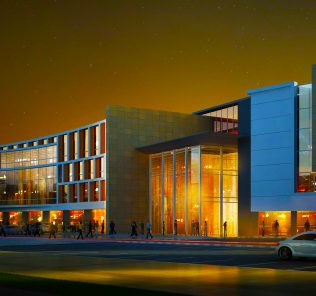

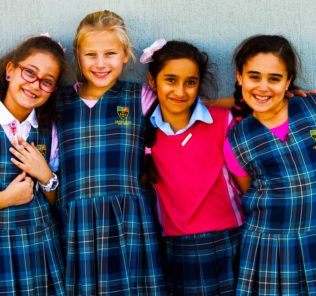


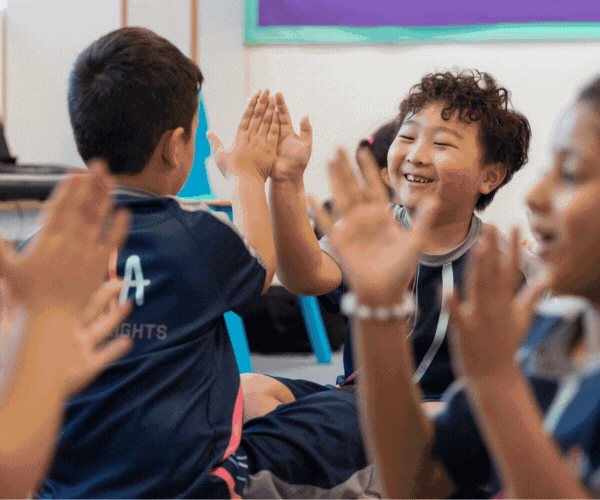
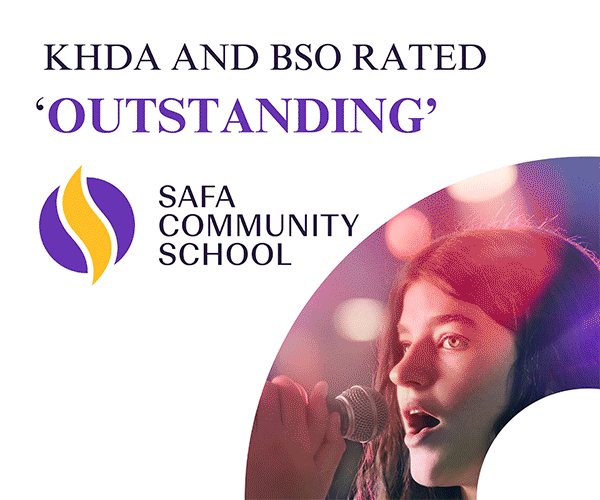

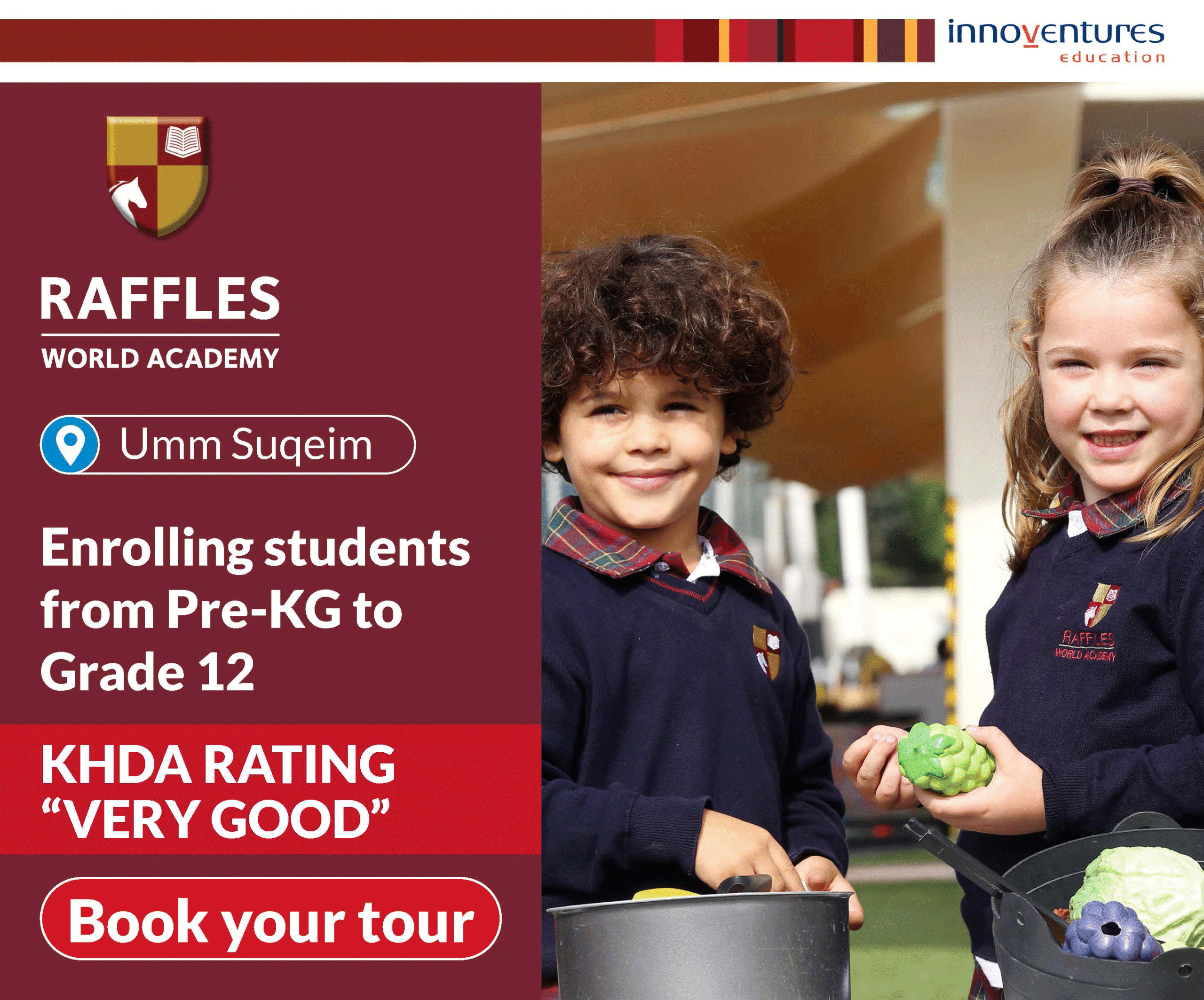
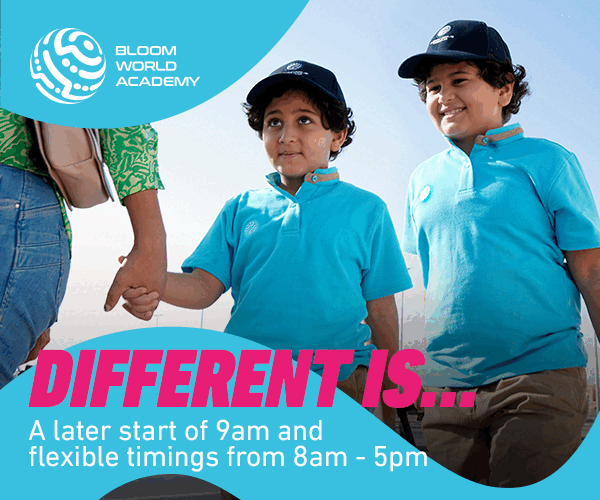
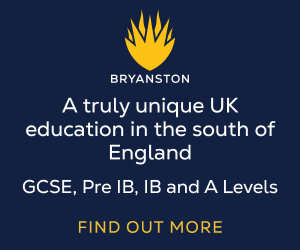






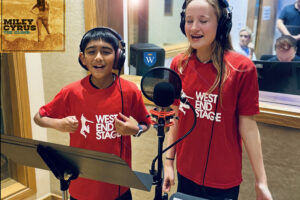
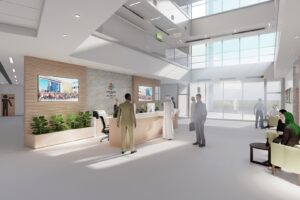
Leave a Response